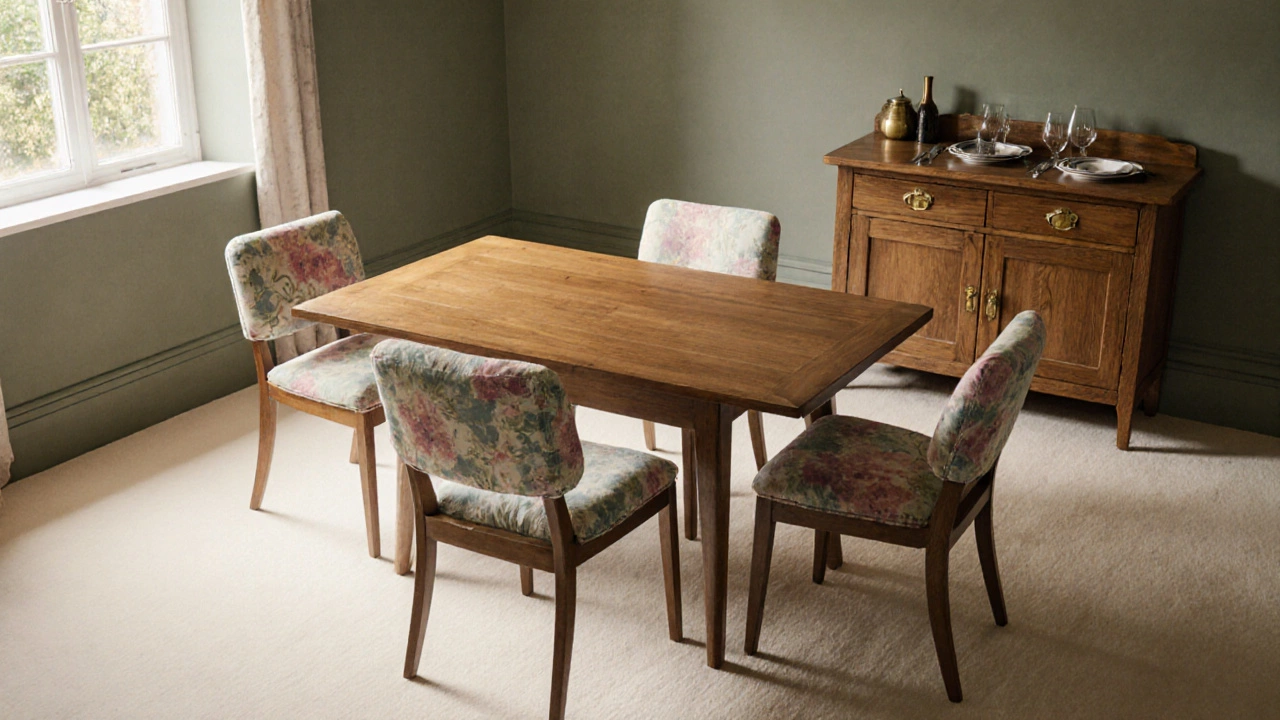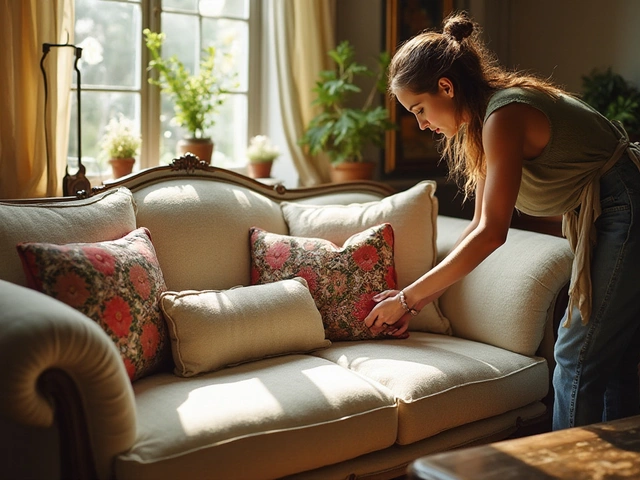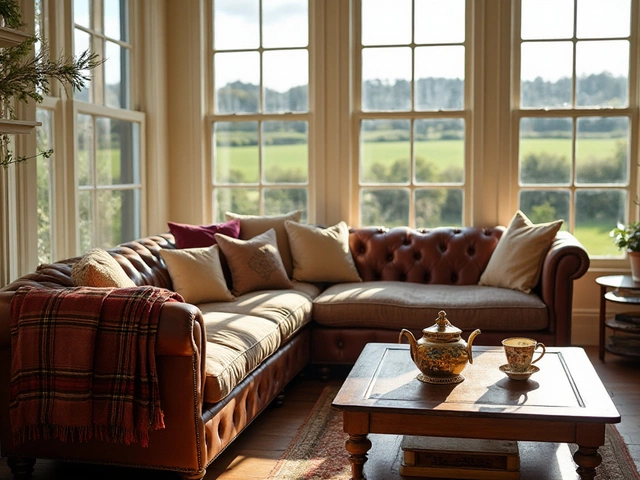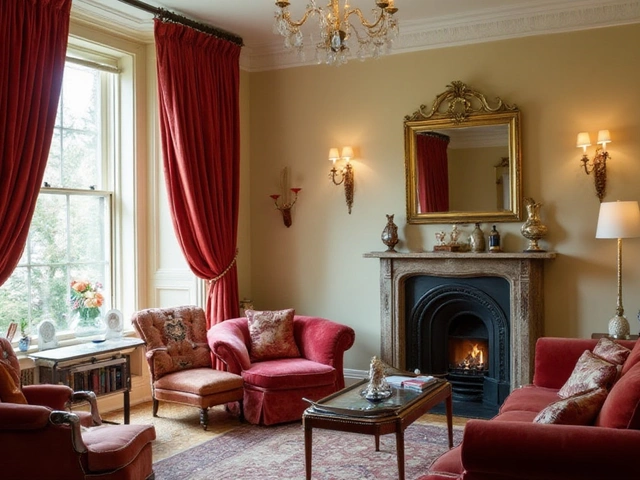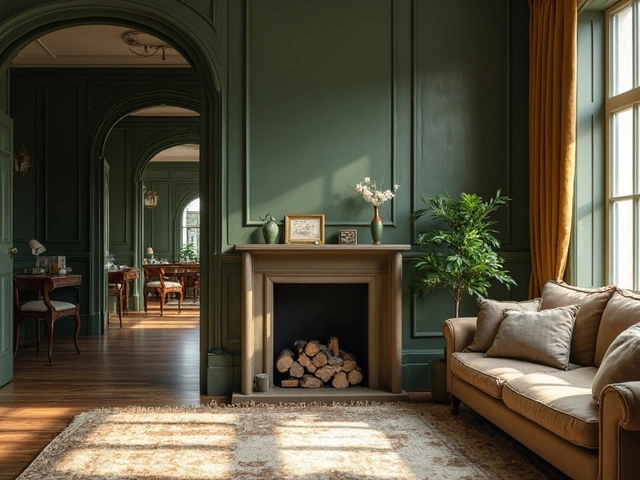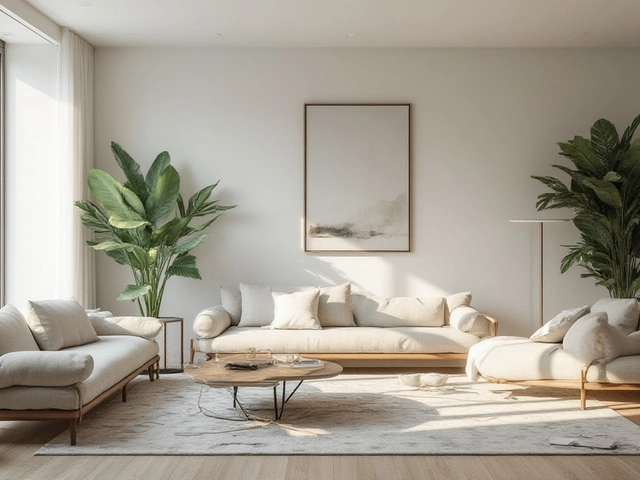Sideboard Ideas, Storage Solutions & Design Inspiration
When working with sideboard, a low, wide piece of furniture built to hold dishes, linens, or decorative items, often placed in dining or living areas. Also known as buffet, it blends storage and style, giving you a sleek way to hide clutter while adding visual interest. A sideboard is a type of storage furniture, any piece that helps organise belongings, from cabinets and shelves to built‑in closets. In the world of interior design, the practice of planning and decorating interior spaces to improve aesthetics and function, the sideboard plays a starring role because it marries practicality with look‑and‑feel. It encompasses storage (sideboard → stores → kitchenware, books, blankets), requires thoughtful placement (sideboard → needs → clear traffic flow), and is influenced by design trends (interior design → guides → sideboard style). These relationships set the stage for the ideas below.
Choosing the Right Sideboard for Your Space
First, consider the material. Wood offers warmth and durability; oak, walnut, and pine each bring a distinct grain and price point. Metal or glass can give a modern, airy vibe but may lack the heft that steadies heavy dishes. Next, look at dimensions. A typical sideboard measures 48‑72 inches long, 16‑20 inches high, and 15‑18 inches deep—a size that fits most dining rooms without crowding the floor. If you live in a smaller apartment, a compact 30‑inch model still provides pull‑out drawers and shelves while keeping the room balanced. Style matters, too. A rustic reclaimed‑wood sideboard pairs well with farmhouse décor, while a glossy lacquer finish suits a contemporary loft. Think about colour too: neutral tones like white, gray, or natural wood blend easily, whereas a bold navy or deep green can become a statement piece. Finally, plan for usage. Do you need more drawer space for linens, or open shelves for serving dishes? Some sideboards include both, giving you flexibility to store flat items below and showcase decorative pieces above.
When you decide where to place it, think about traffic flow and visual harmony. In a dining room, a sideboard sits against a wall opposite the table, creating a natural serving station while freeing up space on the table. In a living room, it can double as a media console, holding a TV, gaming consoles, and books. For a bedroom, a low sideboard works like a nightstand on each side of the bed, offering extra drawer space for clothes or accessories without the bulk of a full dresser. Remember to leave at least 24 inches of clearance in front so doors and drawers open freely. Pair the sideboard with matching chairs, a rug, or wall art to tie the look together. A well‑chosen sideboard not only solves storage challenges but also elevates the room’s aesthetic, proving that function and fashion can coexist.
Below you’ll find a curated collection of articles that dive deeper into these topics. From measuring the perfect size for a 10x10 storage unit to mixing light and dark dining furniture, the posts cover practical tips, style guides, and real‑world solutions. Whether you’re a beginner looking for basic placement ideas or a seasoned decorator seeking trend forecasts, the sideboard content here will give you actionable insight and fresh inspiration for every room in your home.

